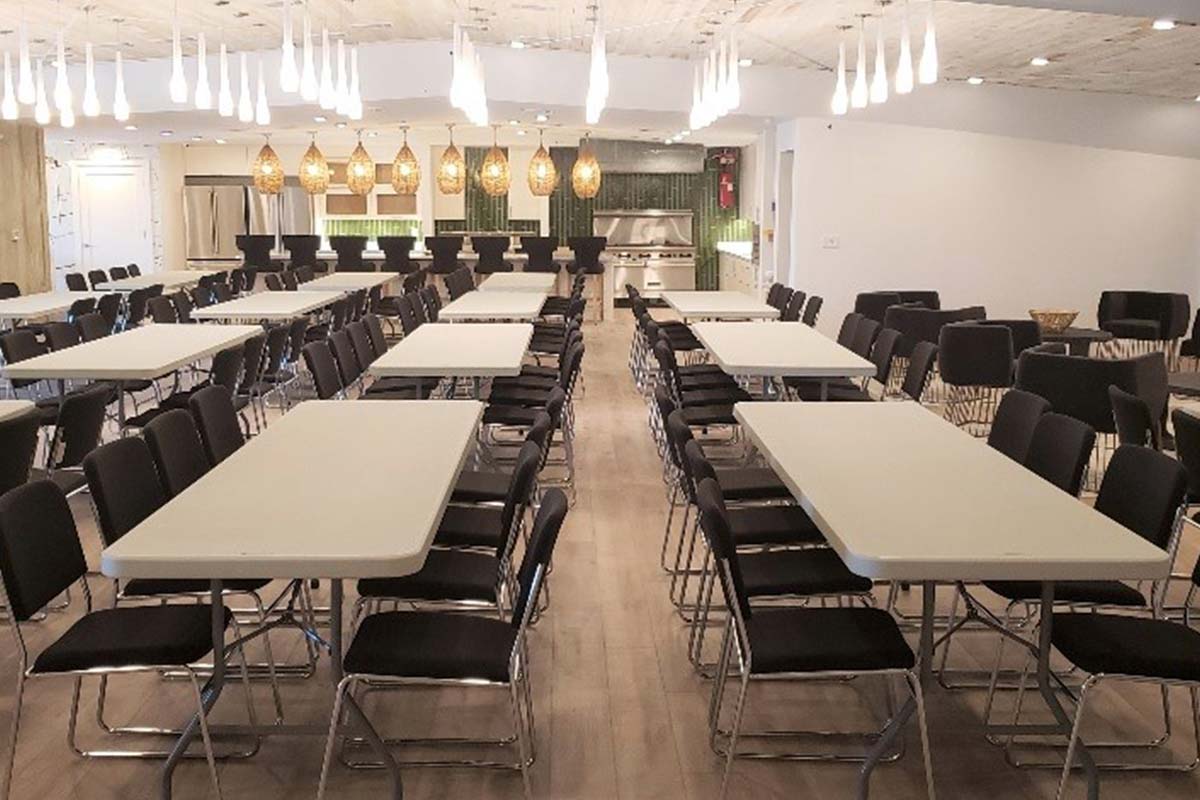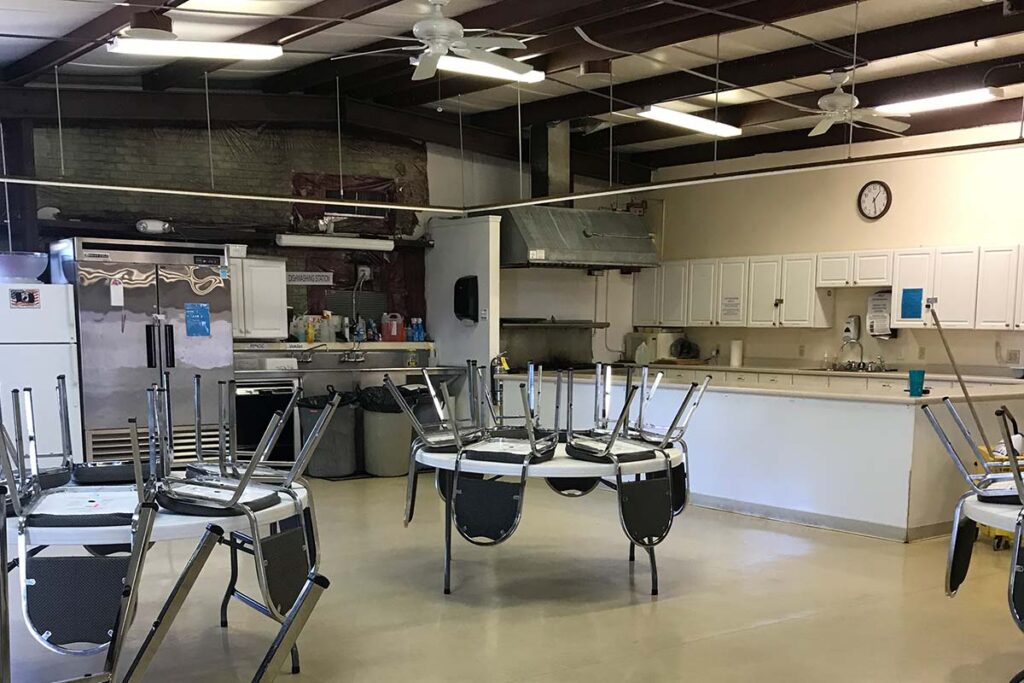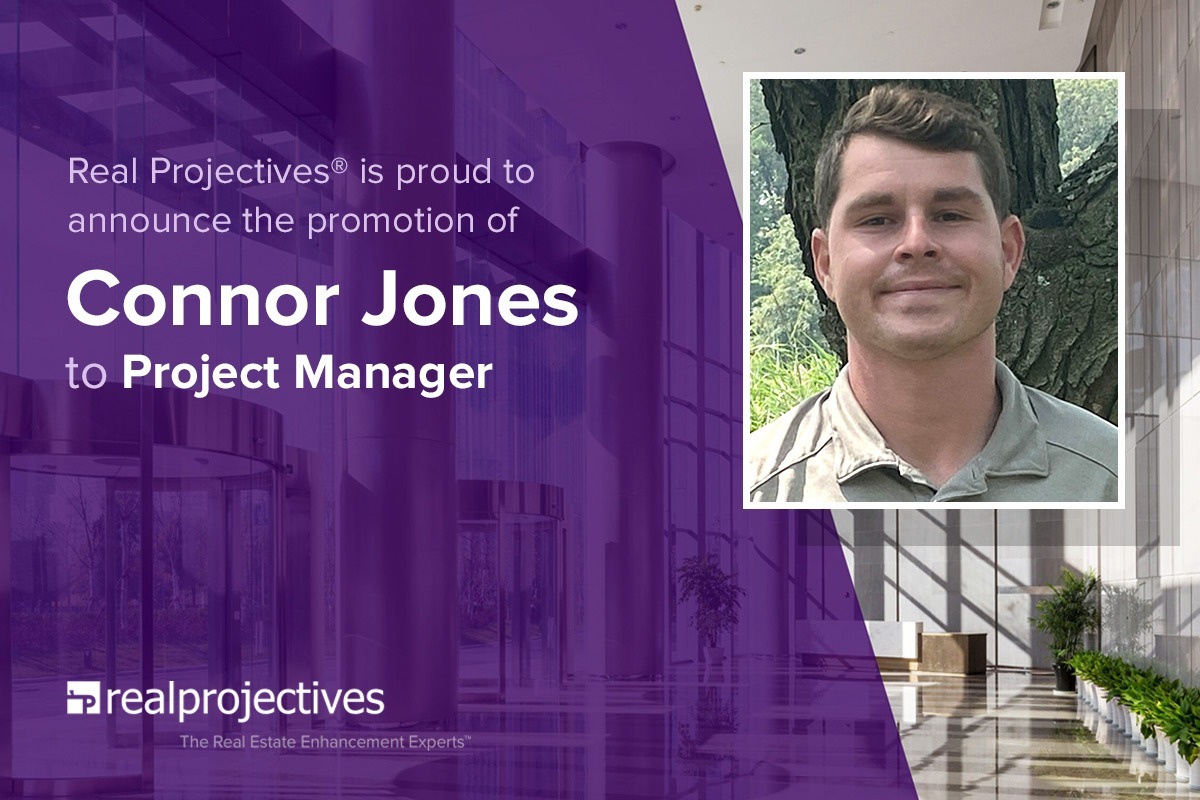Clubhouse Renovation within an AE Flood Zone

Talking with our project managers, we are impressed with their relentless insight and concern. Our teams think ahead about the short- and long-term costs, benefits, and impacts of various renovation strategies for each property to achieve what’s best for our clients.
A recent discussion with Project Manager II, Eloise Klein, centered around the re-development of a clubhouse in Punta Gorda for one of our large institutional investors. Like much of the state of Florida, the property lies within a flood zone. Particularly, a portion of the project lies within a FEMA-designated AE Zone. Accordingly, all structures within the zone are required to have their lowest floor elevation at least one foot above the identified Base Flood Elevation (BFE). While existing buildings may be grandfathered based on when they were built, this situation presented a challenge as meaningful renovations were anticipated for the existing structures.
Two important factors had to be considered—the age of the existing building and whether the renovations would be deemed significant. And these relate back to the origins of the flood zone identification system.

Before Renovations of the Clubhouse (before floor was raised)
The National Flood Zone Insurance Program
FEMA established the National Flood Insurance Program (NFIP) in 1968 to provide insurance for properties located within Special Flood Hazard Areas that are further described by each local Flood Insurance Rate Map (FIRM) which identifies the boundaries of potential 100-year flooding. Buildings built before 1974 (Pre-FIRM) are grandfathered unless the renovations become significant. Improvements are significant when they either replace the structure or when the value of construction/renovation exceeds 50% of the value of the current structure (commonly called the“50% Rule.”) Significant improvements require that the building be modified in compliance with the latest codes including being above the BFE.
For this property, we learned that the existing buildings were constructed in the 1970s, so then we had to determine their values through a combination of tax assessments and other means. From that we calculated 50% maximum amount of work that would not trigger replacement and could use that number as a renovation cost maximum including contingency. Furthermore, we researched what items count toward the cost of work such as permitted modifications but not cosmetic painting and flooring nor movable furniture and appliances.
Thoughtful Decision Making
Armed with those baseline understandings, the team faced pursuing ideal renovations with significant costs that would include raising the structures above the BFE or limiting the renovations to 50% of the value and not raise the structures.
After looking at several what-if scenarios with our client considering many facets, we concluded that a basic cosmetic refresh would not be enough to adequately modernize the clubhouse but would be sufficient for an adjacent laundry and office building. Since the clubhouse structure was already elevated and had a structural steel frame it was deemed feasible to raise the floor almost two feet while keeping the exterior walls and roof intact. The floor was raised by adding a new slab above the existing one. Then many elements had to shift up: interior walls, interior doors, exterior doors and windows, and other ripple effects such as electrical and plumbing connections.
As you might imagine, there were many challenges during design and construction. Numerous questions and details came up throughout design and permitting. Then conflicts arose during construction that hadn’t been completely ironed out by the design team before construction, forcing coordination to happen real time on-site to make it work. For instance, there are certain ceiling heights to maintain, and HVAC equipment to fit in the ceiling, so you have to think about how all those pieces come together or are impacted by raising the floor. We didn’t have to raise the ceiling as there was enough height available to make it work.
Successful Renovations
The challenges owners face in purchasing properties in a flood zone can be very impactful to their business plan. Our involvement in acquisition diligence and advanced project planning helps set expectations and develop feasible solutions to minimize surprises. In this case, we could have recommended just permitting under 50% of the value of the building and completing a basic-finish upgrade. But that would not have satisfied ownership.
We can come in and bring order to potential chaos. And get complicated things completed. We pride ourselves on providing defensible advice and solid direction on complex projects to protect and advance each client’s best interests.
If you’re planning a new real estate development or renovation construction project, we’d be happy to discuss the risks and options to help you overcome some of the challenges. Contact us today at 888.357.7342 to discuss how leveraging our knowledge, expertise, and ambition could drive your next project or portfolio to success.


